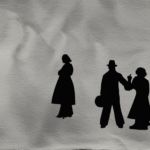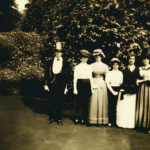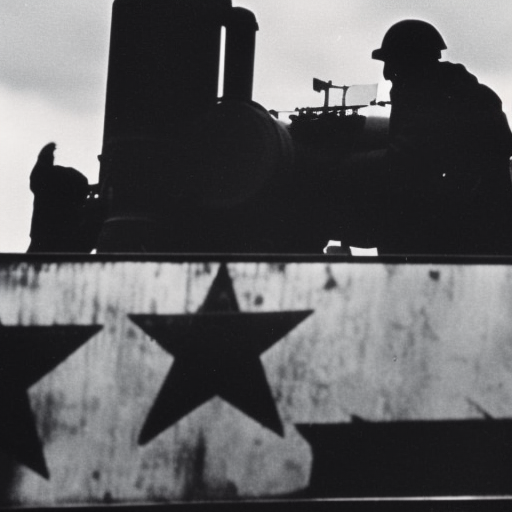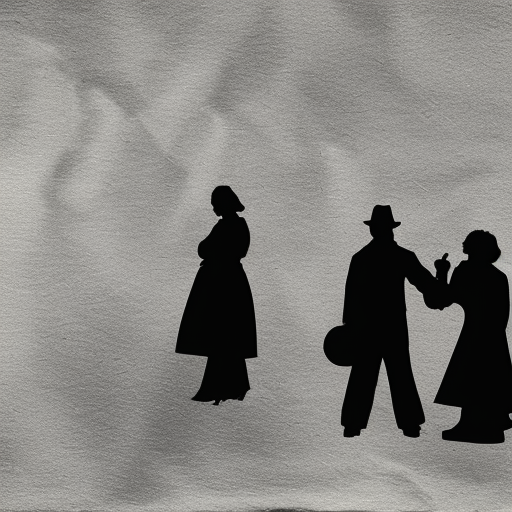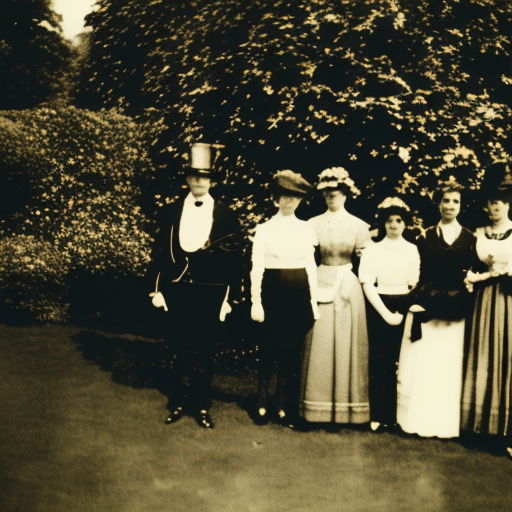The Cold War (1947-1991)
The Cold War was a period of geopolitical tension and ideological conflict between the United States and the Soviet Union, lasting from 1947 to 1991. It was characterized by a state of political and military rivalry, but without direct armed conflict between the two superpowers. The Cold War had a profound impact on global politics, shaping the world into two opposing blocs and influencing the course of events in many regions.
Origins of the Cold War
The origins of the Cold War can be traced back to the end of World War II. The ideological differences between the United States, which championed democracy and capitalism, and the Soviet Union, which advocated for communism, created a deep divide. The Yalta and Potsdam conferences, where the post-war settlement was negotiated, failed to resolve these differences and instead exacerbated tensions.
The Iron Curtain and Containment
In 1946, former British Prime Minister Winston Churchill delivered his famous “Iron Curtain” speech, highlighting the division of Europe into two spheres of influence. The United States responded with a policy of containment, aiming to prevent the spread of communism. This policy led to the establishment of military alliances such as NATO (North Atlantic Treaty Organization) and the Warsaw Pact, which further divided Europe.
The Arms Race and Space Race
The Cold War was characterized by a fierce arms race between the United States and the Soviet Union. Both countries developed and stockpiled nuclear weapons, leading to the concept of mutually assured destruction (MAD). The arms race extended into space with the launch of the Soviet satellite Sputnik in 1957, triggering the Space Race. This competition for technological and scientific superiority further intensified the Cold War.
Proxy Wars and the Third World
The Cold War was fought indirectly through proxy wars in various regions of the world. The United States and the Soviet Union supported opposing sides in conflicts such as the Korean War (1950-1953) and the Vietnam War (1955-1975). These conflicts often resulted in significant loss of life and had a lasting impact on the countries involved. The Third World became a battleground for ideological influence, with both superpowers seeking to gain allies and expand their spheres of influence.
Détente and the End of the Cold War
In the 1970s, a period of détente emerged, characterized by a relaxation of tensions between the United States and the Soviet Union. This led to arms control agreements such as the Strategic Arms Limitation Talks (SALT) and the Helsinki Accords. However, the Soviet invasion of Afghanistan in 1979 strained relations once again. The election of Mikhail Gorbachev as the General Secretary of the Communist Party in 1985 marked a turning point. Gorbachev introduced reforms and pursued a policy of openness (glasnost) and restructuring (perestroika). These reforms, combined with economic and political pressures, eventually led to the collapse of the Soviet Union in 1991, effectively ending the Cold War.
Legacy of the Cold War
The Cold War left a lasting impact on the world. It shaped the global balance of power, with the United States emerging as the sole superpower. It also led to the division of Germany into East and West, which was reunified in 1990. The Cold War had significant cultural and social effects, influencing popular culture, literature, and art. The fear of nuclear war and the threat of communism permeated society during this period.
In conclusion, the Cold War was a period of intense rivalry and ideological conflict between the United States and the Soviet Union. It had far-reaching consequences, shaping global politics, and leaving a lasting impact on the world. The arms race, proxy wars, and the division of Europe were key features of this period. The Cold War ended with the collapse of the Soviet Union, but its legacy continues to shape international relations today.

